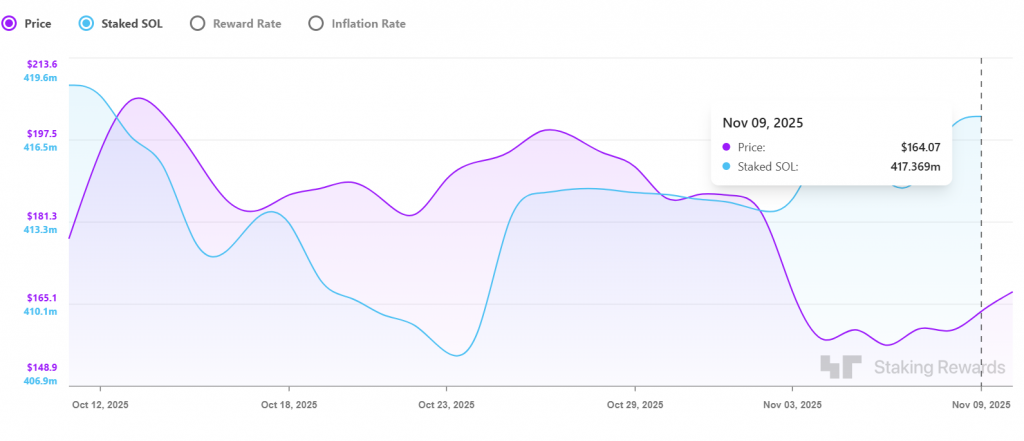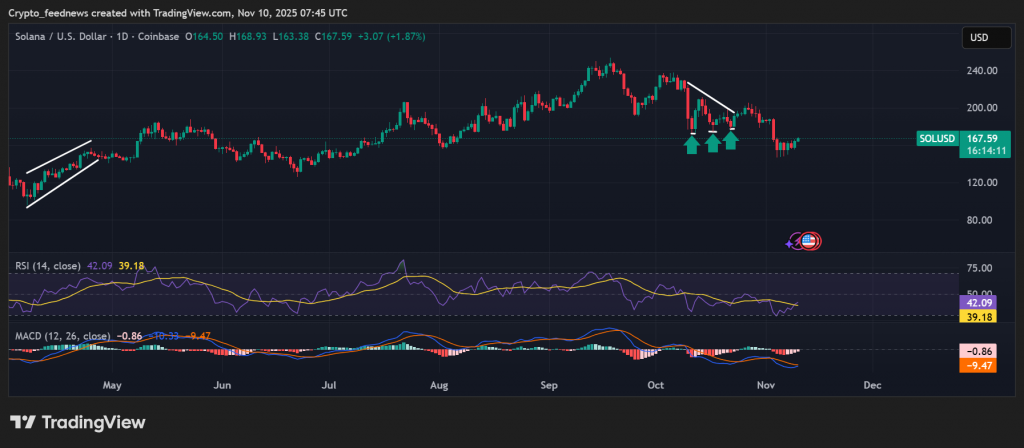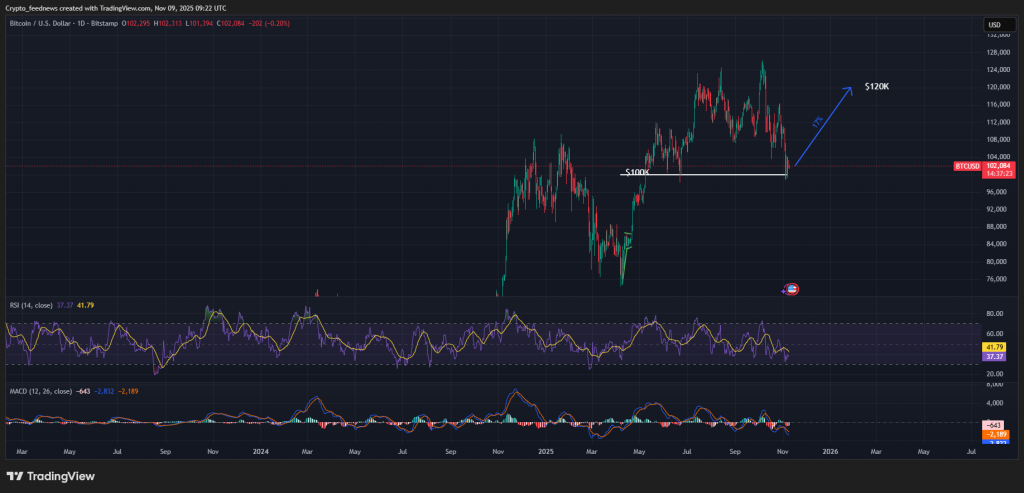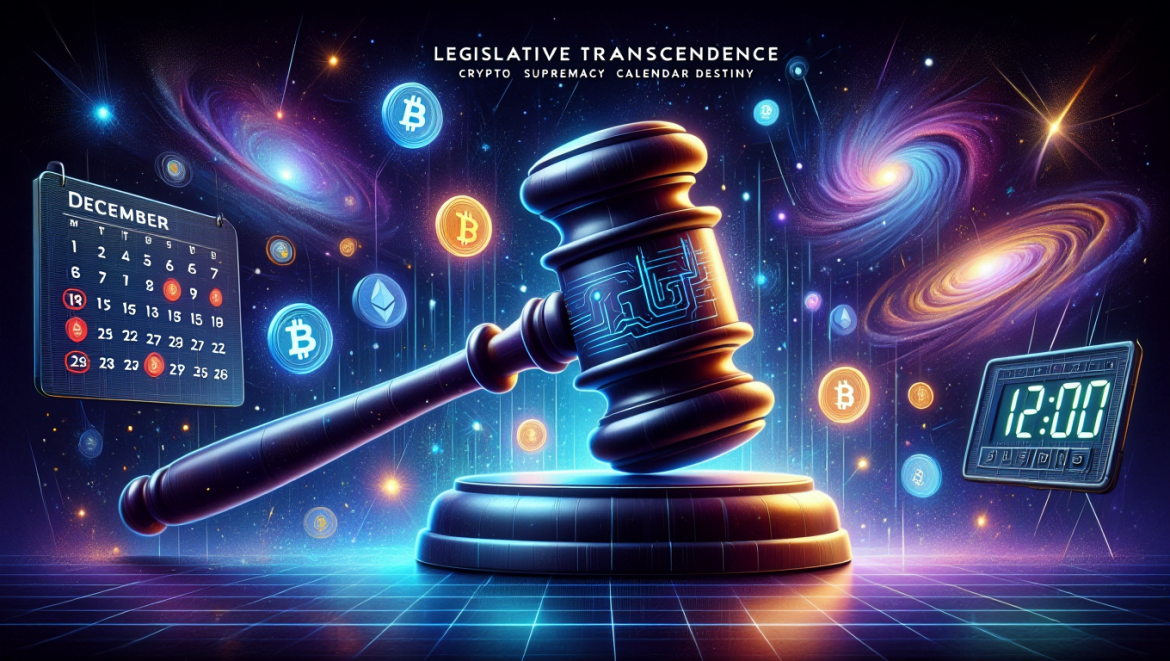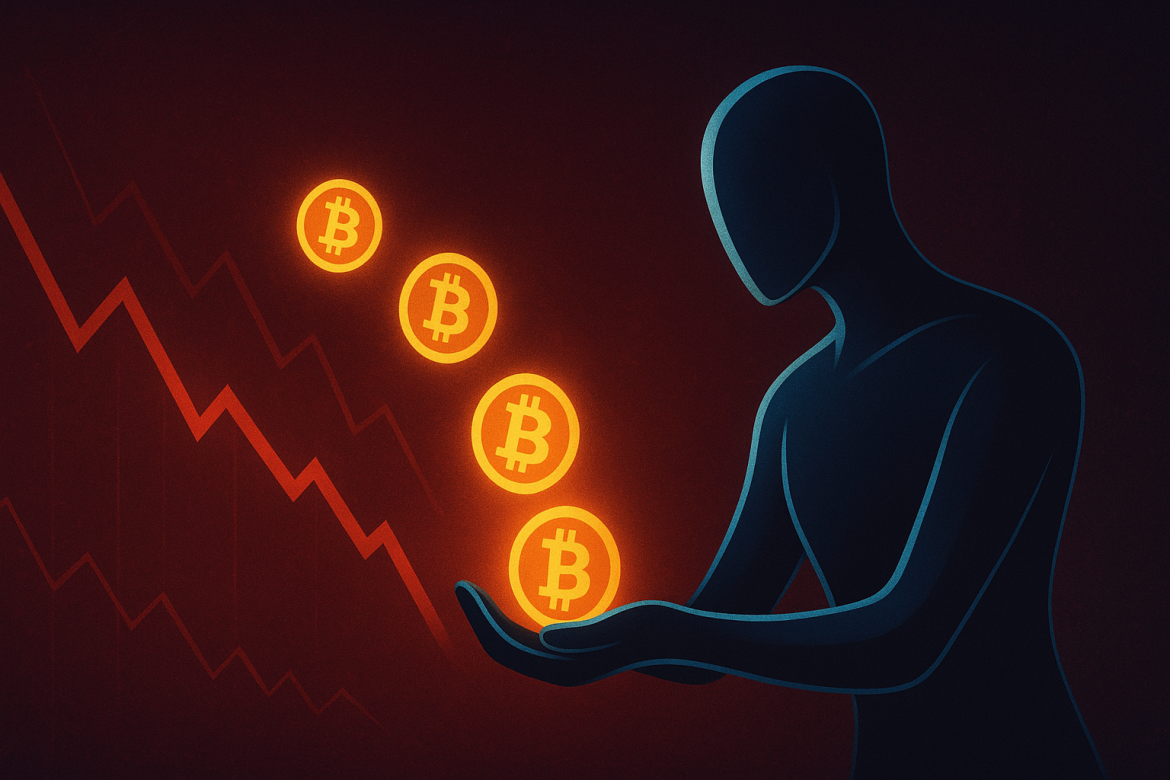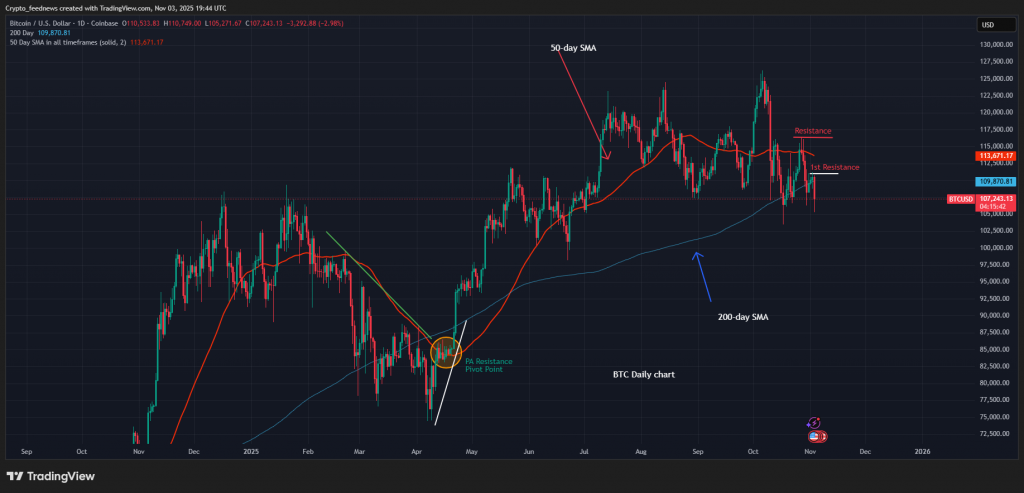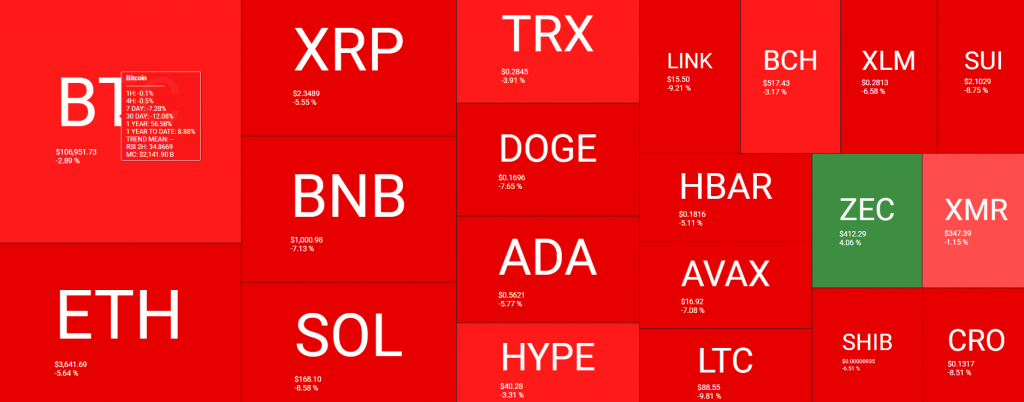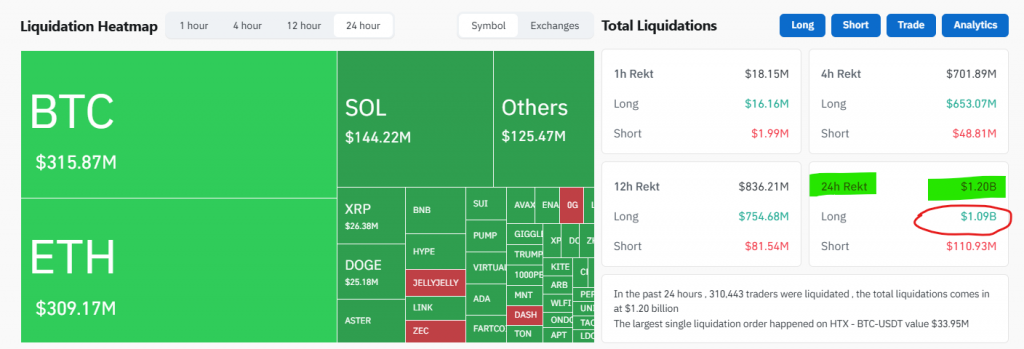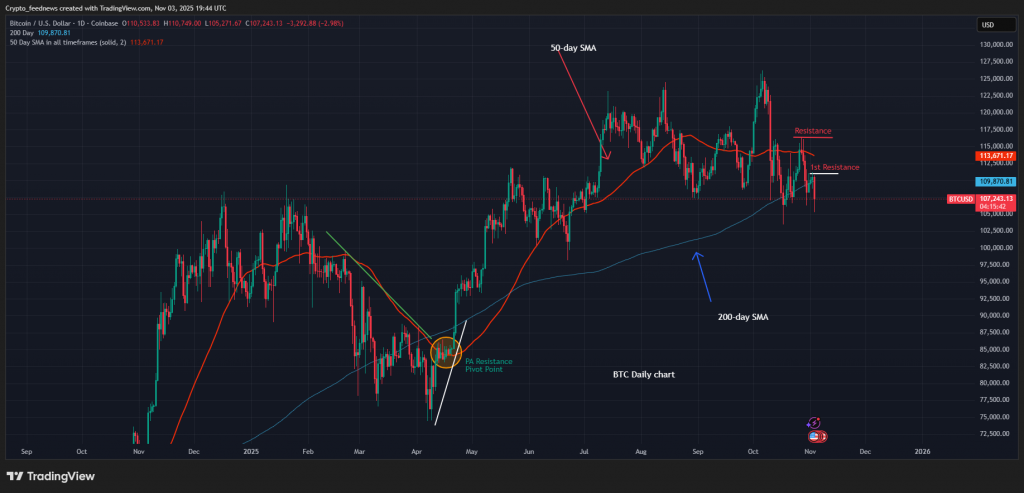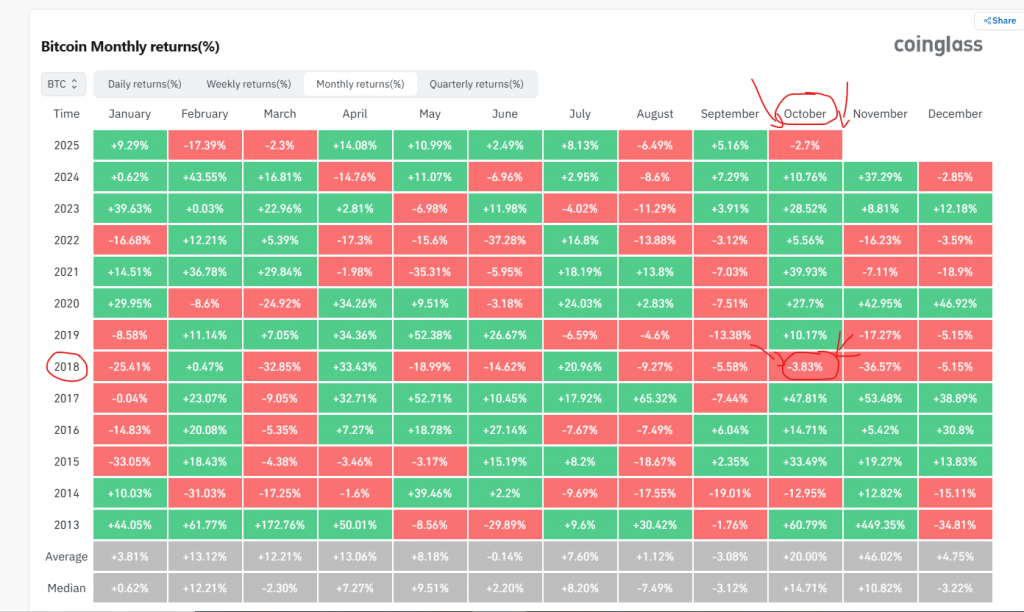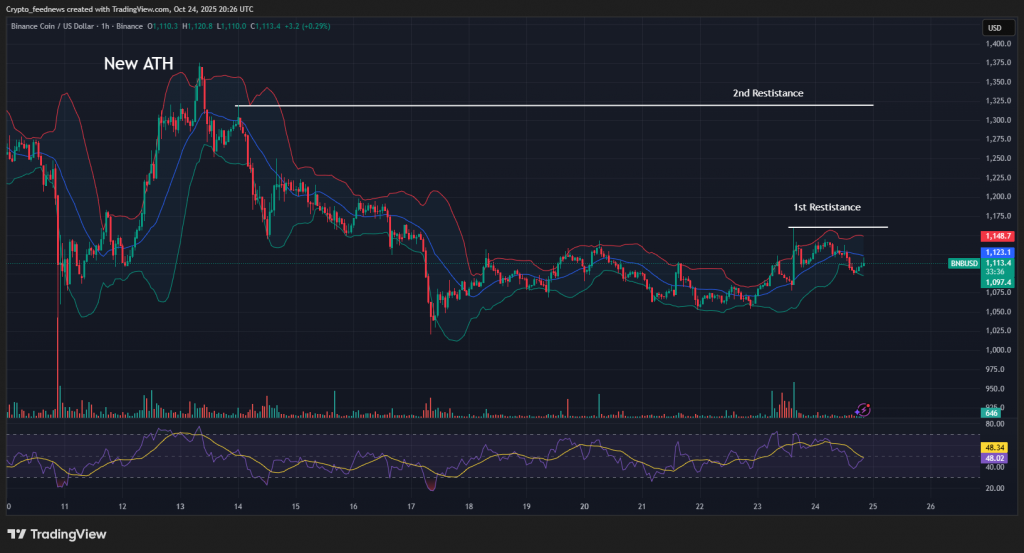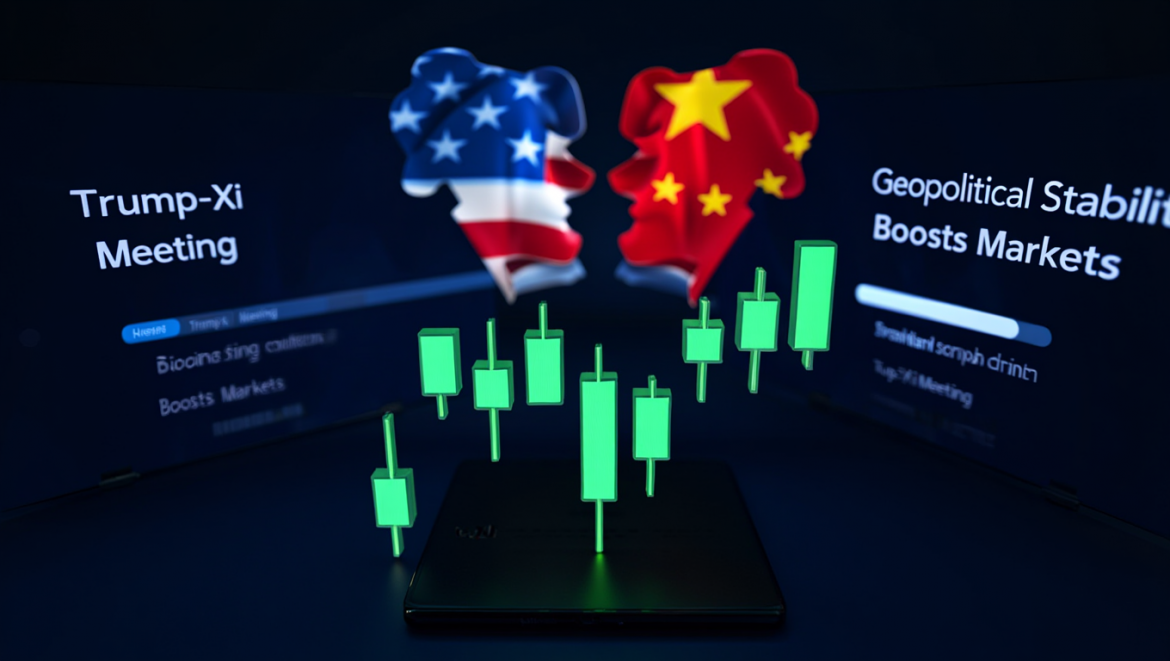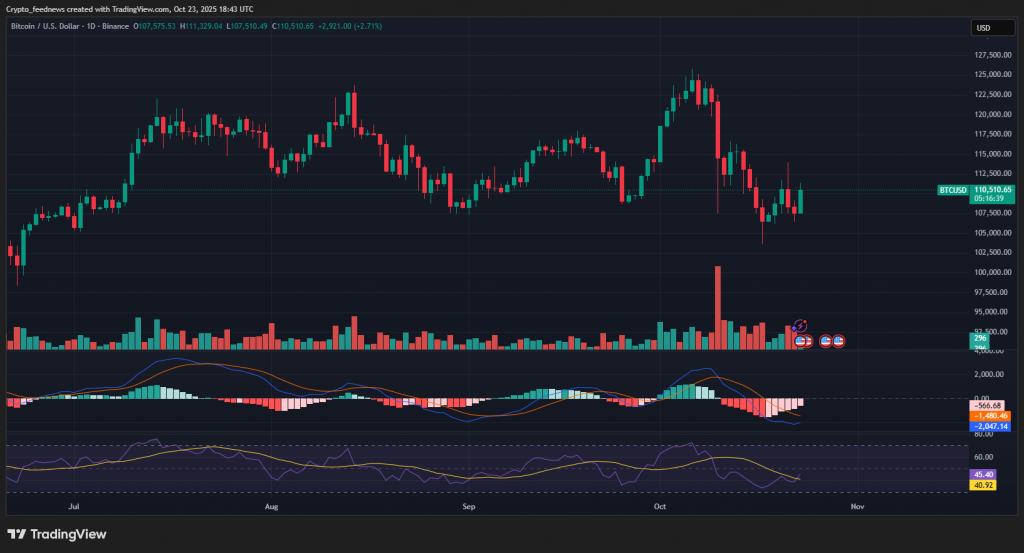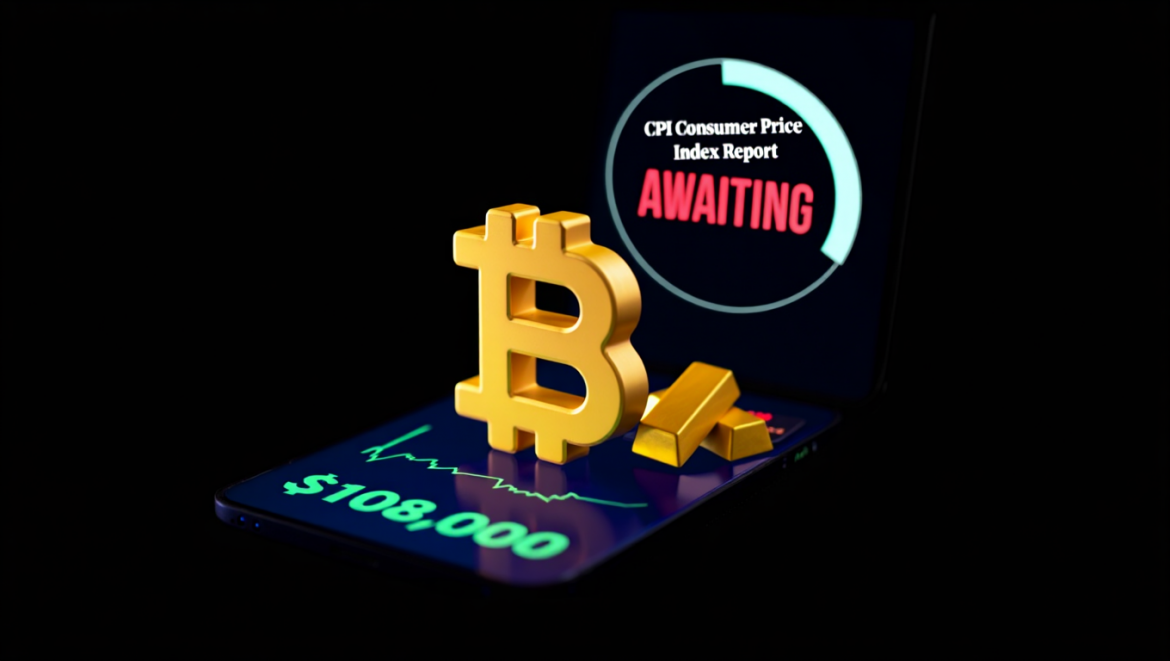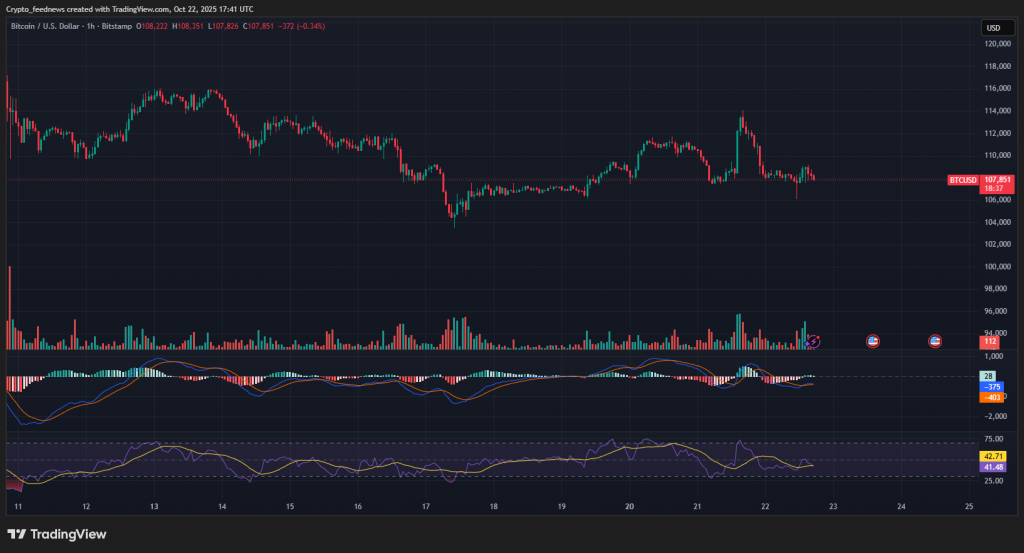Get ready for one of the most significant weeks in XRP’s history. The long-awaited institutional floodgates are officially opening, with the first XRP ETF launch set for this Thursday, November 13, from Canary Capital.
XRP ETF Launch: The $2.4 Token Primed for a Parabolic Move
This isn’t an isolated event; it’s the start of a sequential rollout that includes giants like Franklin Templeton and Bitwise later in the month. For a token trading around $2.40—which many analysts call deeply undervalued—this creates a perfect bullish storm. The institutional validation and direct access to billions in capital could finally unlock XRP’s dormant potential.
The XRP ETF Launch Schedule: A Week-by-Week Catalyst
Mark your calendars, because the XRP ETF launch schedule is packed. Canary Capital kicks things off on November 13 after cleverly removing the “delaying amendment” from its SEC filing. Franklin Templeton is hot on its heels, targeting a November 14 debut. Bitwise is expected between November 19-20, with 21Shares and CoinShares following in late November. This isn’t a one-off event; it’s a coordinated institutional assault that will keep XRP in the spotlight for weeks, creating a sustained narrative and constant demand pressure.
The Proof is in the Performance: Institutional Demand is Real
Skeptical? The data already proves the demand is there. The existing REX-Osprey XRP ETF traded a massive $37.7 million on its first day, marking the strongest ETF debut of 2025. Similarly, the Teucrium 2x Long XRP ETF saw robust volumes immediately. This isn’t theoretical; it’s evidence that institutional and retail traders are hungry for regulated XRP exposure. As one research report highlighted, XRP doesn’t need the $50+ billion that Bitcoin ETFs attracted. Even a fraction of that inflow into a smaller market cap would have an explosive impact on the price.
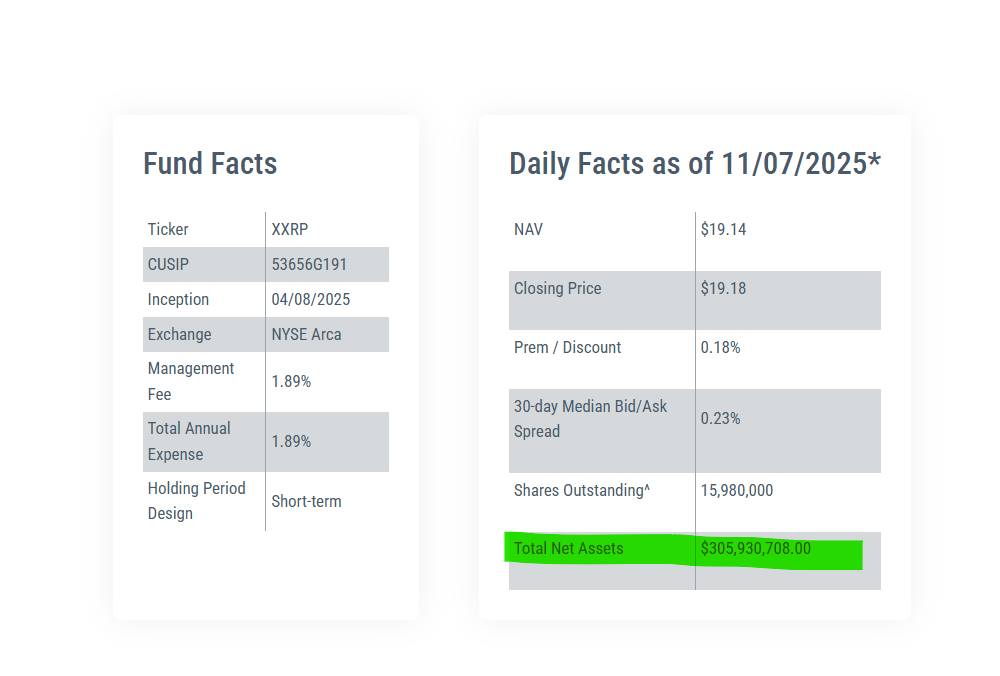
Why This XRP ETF Launch is a Game-Changer
The XRP ETF launch does more than just bring in new money; it fundamentally reshapes XRP’s investment profile. It provides a familiar, regulated vehicle for financial advisors, retirement funds, and major institutions that were previously unable to invest directly. This dramatically expands the potential investor base. The excitement was palpable at Ripple’s Swell conference, where Teucrium’s CEO called the latter half of November “very important for XRP” and urged investors to focus on long-term adoption over short-term volatility.
My Thoughts
This is the catalyst we’ve been waiting for. The XRP ETF launch sequence is a dream setup for a sustained rally. I expect a “buy the rumor, sell the news” dip on the first launch, but that will be a golden buying opportunity. As more ETFs go live throughout November, the cumulative effect of their inflows will create overwhelming buy-side pressure. My price target for the end of Q1 2026 is a conservative 2-3x from current levels.




